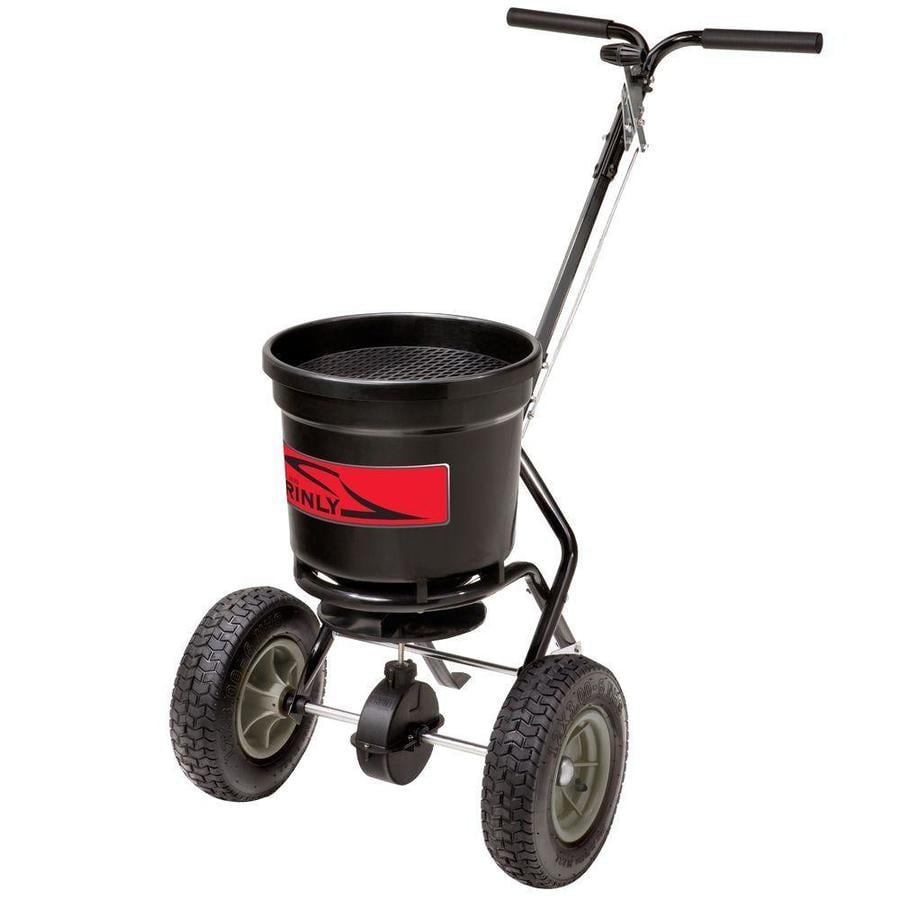
General Instructions for properly setting your Spreader 1. Use the settings under “Standard Settings” Section for most applications by figuring lbs. Per 1000 square feet.

- SPREADER SETTING TABLE SPREADERS BROADCAST SPREADERS: AgriFab Model too Andersons Model 4300 Andersons Model 4500 Earthway Model 2000A Precision Model SB50 EZ 540/75450 Scotts Model SG3000 Scotts EdgeGuard Scotts Easygreen EG3 Width lift DROP SPREADERS: Earthway Model 7350 Precision Model FH22 Republic Model 2530/75350 Scotts.
- Calibrating Your Spreader. Divide 100 by the square foot the bag of fertilizer covers 2. Multiply the weight of the bag by this number 3. The answer is the amount of fertilizer needed to cover 100 sq. Place this amount in the spreader 5. Mark off a 10 ft. Apply using the suggested setting.
Main Types of Spreaders
Earthway Ez Spreader Settings Chart
Spreaders run from small, hand-held tools to heavy-duty, lawn-tractor models. But they come down to two main types: broadcast, also known as rotary, and drop spreaders. Home walk-behind spreaders usually have two wheels — and bigger wheels improve maneuverability. Both broadcast and drop spreaders have bucket-like hoppers with adjustable holes that control the volume of seed that goes through. However, the two types differ in how they distribute seed and what lawn types suit them best.
Scotts Ez Spreader Settings
Broadcast Spreaders
Broadcast spreaders scatter or “broadcast' seed in a fanlike manner over a wide area, with the help of a rotating piece beneath the hopper holes. The size of the fan depends on hole size and your speed. Distribution thins as it gets farther from the spreader, so passes back and forth across the lawn must overlap to uniform seed across the full arc. A general rule is that the “effective width' of the spread is roughly equal to 75 percent of the total reach.2 If your spreader's arc measures 12 feet across to its outermost points, the effective coverage is 9 feet wide. Passes across the lawn should be 9 feet apart.3 For best coverage, set the spreader at 50 percent, and then spread your seed two ways in a crosshatch pattern.
Points to consider with broadcast spreaders include:
- They suit large lawns and cover wide areas efficiently.
- They require more skill to get uniform coverage.
- They lack precision in tight spots and around obstacles.
- They're more affected by wind, especially with lightweight products.
- They can scatter seed or products out of bounds. (Some state laws require cleanup of fertilizer from sidewalks or other hardscapes.1)
- They cover more ground in less time.

